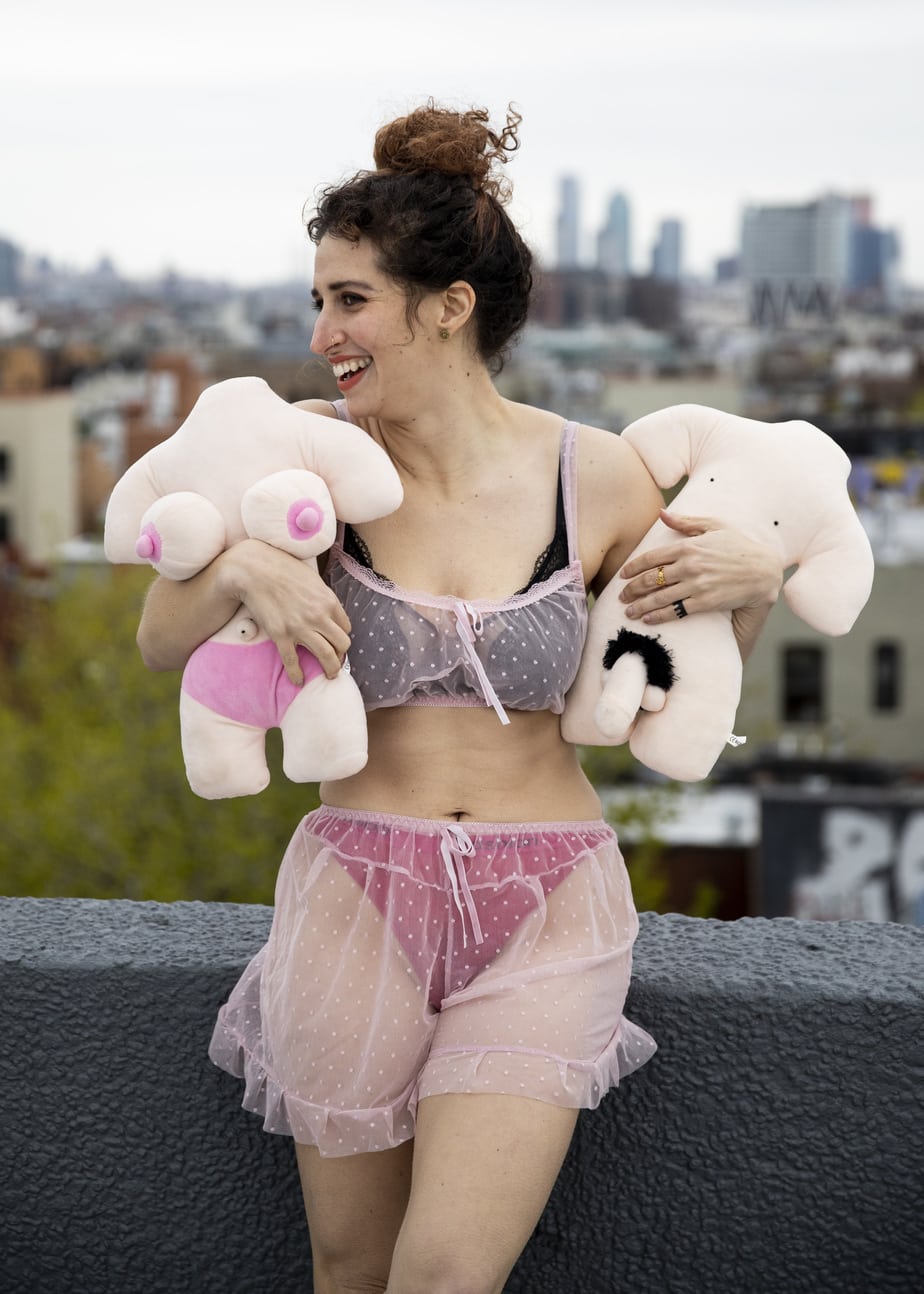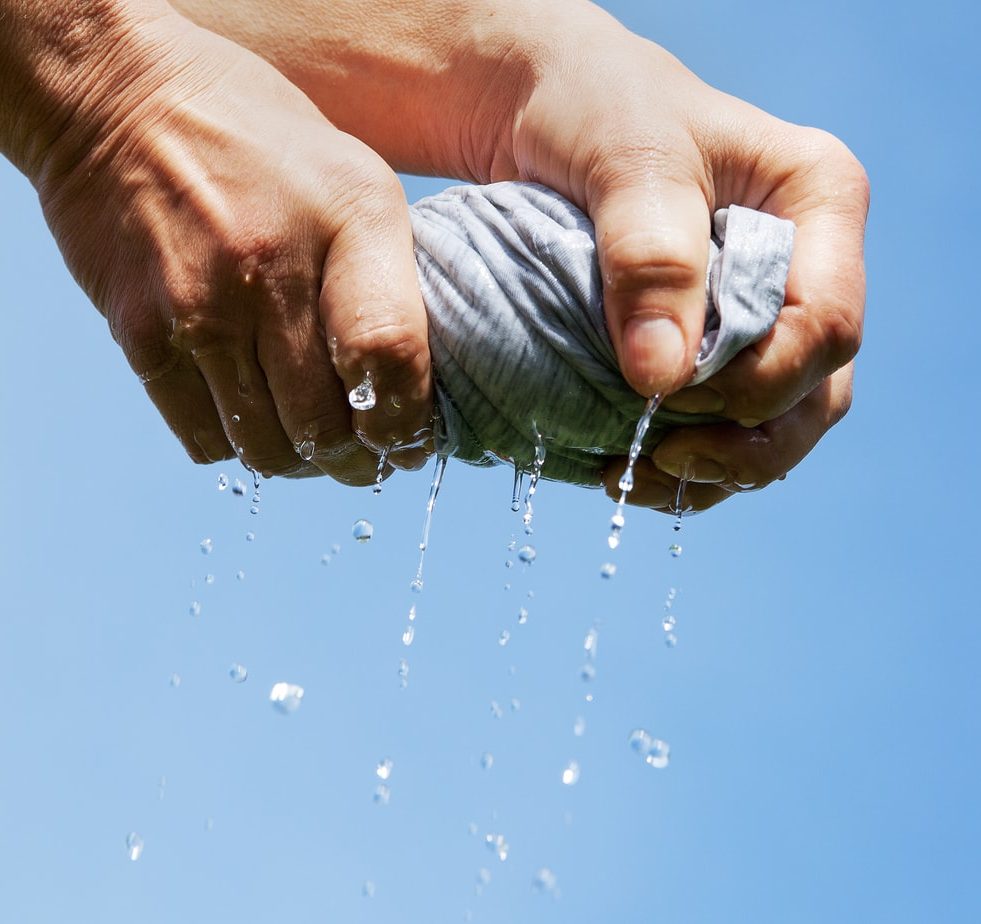So, what is squirting?
What is this fluid of the Gods that everyone clamours over? Squirting is the expulsion of fluid from the vulva-vaginal area during an experience of sexual pleasure—specifically, squirt releases from the urethra and paraurethral glands. Squirt can present itself as a trickle, a stream, a gush, or even projectile. It doesn’t have to project from the body to ‘count’ as squirt. In fact, rarely does squirt project as much as it falls out of the body.
The amount of fluid differs from person to person, ranging from a few millilitres to 1250ml! Yes, my sweet kittens, I am your squirty Godmother, having squirted 1250ml out of my body, paving the way for you to forge your own paths—or your own streams.
Okay, but…is it pee?
In short, no. Squirt isn’t pee. That’s why we call it squirt. Otherwise, we’d call it ‘sexy pee.’
Squirt is a scientific mystery, despite us having recorded documents of this over a millennia ago. The fluid is clear or cloudy in colour and similar in consistency to water. The liquid is hot upon exiting the body, but quickly turns cold once exposed to the elements.
Sexual fluid has many purposes. When the vagina releases fluid, it’s a means to protect the genitals from pain. Most fluid responsible for ‘wetness’ derives from the Bartholin’s glands located towards the bottom of the vagina. Squirt fluid expels from the urethra and the glands surrounding the urethra (the paraurethral or Skene’s glands.) Any leftover fluid from the Skene’s glands drains into the urethra, which may give some the impression of urine as the bladder may feel full after the fact. Whatever your opinion on the squirt or pee debate, keep it to yourself unless specifically being asked.
What is a squirting orgasm? Are they not just the same thing?
Squirting and orgasm are independent of each other. Meaning…you can squirt without orgasming, you can orgasm without squirting—or, you can do both together. Often, when people first squirt, these happen together as the experience of orgasm is one of ultimate release—so squirting is an easy addition.
Squirting is a pleasurable feeling for some—but not all. While squirting and orgasming can both be enjoyable on their own, they are different types of pleasure. It doesn’t make one better than the other, they’re just….different.
Due to how built up and over-hyped squirting has become, many find themselves underwhelmed by the sensation. It’s important to look at squirting as something the body does and not this gold medal standard for yourself or a partner. Some bodies happen to squirt. Those people may love it, hate it, or be indifferent to it.
How do you squirt?
Good news, Kittens and Toms, squirting is much more accessible than you think! Similar to orgasm, penetration is not required. Also similar to an orgasm, it’s going to differ from person to person. What won’t differ is the body mechanics.
For some kittens, this is a knee-jerk reaction. Others must consciously engage with their vulva and pelvic floor to squirt. Don’t run out to buy your kegel weights just yet. This doesn’t mean the strongest vagina wins out.
“The pelvic floor needs to be able to do more than just squeeze/contract.” Pelvic floor therapist Rachel Gelman instructs, “It needs to be able to move. Most tend to focus on the contraction piece of a kegel and forget about learning how to relax their pelvic floor which is just as important.”
There are three movements the pelvic floor is capable of: contracting, relaxing, and lengthening. Either use your finger to feel the difference or pull a Madonna and pop out your favourite hand mirror to see the flowering out of the vagina, or as Dr. Laura Merritt so eloquently puts it: “push your inner cunt out.” Want a fun couple’s exercise? Try doing this together where the partner is sitting behind the Kitten, so you are both facing the mirror.
What exactly is occurring for all these muscles to harmoniously align so that the fluid pours out from between their legs? When you contract, this engages your G-spot and parts of the internal clitoris, while elongating is integral to getting the squirt out of your body—in addition to feeling pretty damn good. Discover how this changes your pleasure throughout your arousal cycle by experimenting with each state of the pelvic floor as you engage in a sexually pleasurable exercise.
Enjoy penetration? Great, do that. More of a clitoris dirty DJ? Awesome, get your scratch on. More of a toy person? I recommend one of the plethoras of air pulsation toys on the market. Womanizer, Satisfyer, Lelo, and more have a bevy of these products. Even better—if you squirt with an external toy, it proves you don’t need penetration to squirt your little heart out!
The squirting technique explained
Before you get too excited about that one manoeuvre that will make every person gush, let go of those expectations. If sex were that easy we wouldn’t constantly study it. While there isn’t one technique to rule them all for squirting, there are some movements your partner will love that tend to work for most (read: not all) people with vulvas.
For this move, use your middle and ring finger—though one finger can suffice! Place the tips of each finger in the vaginal opening and make tiny circles. This allows the vagina to salivate around your fingers and welcome you in, instead of barreling your way down the hallway. They can try taking a deep breath in and when they breathe out you enter your fingers. Allow those fingers to curl as they enter the vagina. No need to make an exaggerated hook motion. Your fingers should naturally curl to match that of the vaginal canal. Try moving your fingers around the clock, as if to hit every hour like a rung. No need to be speedy here. Save that strength for later!
Still keen to explore that clock? Isolate the hours of six and twelve on the vagina. As you push down, the back of your knuckles hit the six o’clock area in the downward motion while the fingertips make contact when you hit the twelve o’clock zone. Try different combos: three down, two up or one down, two up. As you do this, your person can engage with their pelvic floor, which you should feel on your hand that’s inside of them.
Alright, Kittens, you’re up! Experiment by playing with those three pelvic floor movements: relaxation, contraction, and elongation, and see how each of these changes your pleasure.
If either of you hears the splish-splash sound, that means enough fluid has built up—time to expel it! Both of you can engage in a preferred pleasurable movement while their pelvic floor elongates. This could be internal or external, as long as it’s enjoyable!
Fear not, Kittens and Toms, if you don’t see a babbling brook on the first go, that’s okay! Continue with the pleasure and arousal cycle and try again.

Lola Jean is a Sex Educator, Mental Health Professional, Wrestler, Pro Domme and World Record Holder for Volume Squirting (solo.) providing the No Frills Sex Education we both need and deserve. Lola brings a refreshing understanding to sex, sexuality and kink to push individuals past what they think they are capable of. There is so much we are not exploring due to fear. Fear of how society will view us. How our partners will view us. How our peers will view us. Lola helps individuals stop making excuses and unlock who they are and what they deserve.

